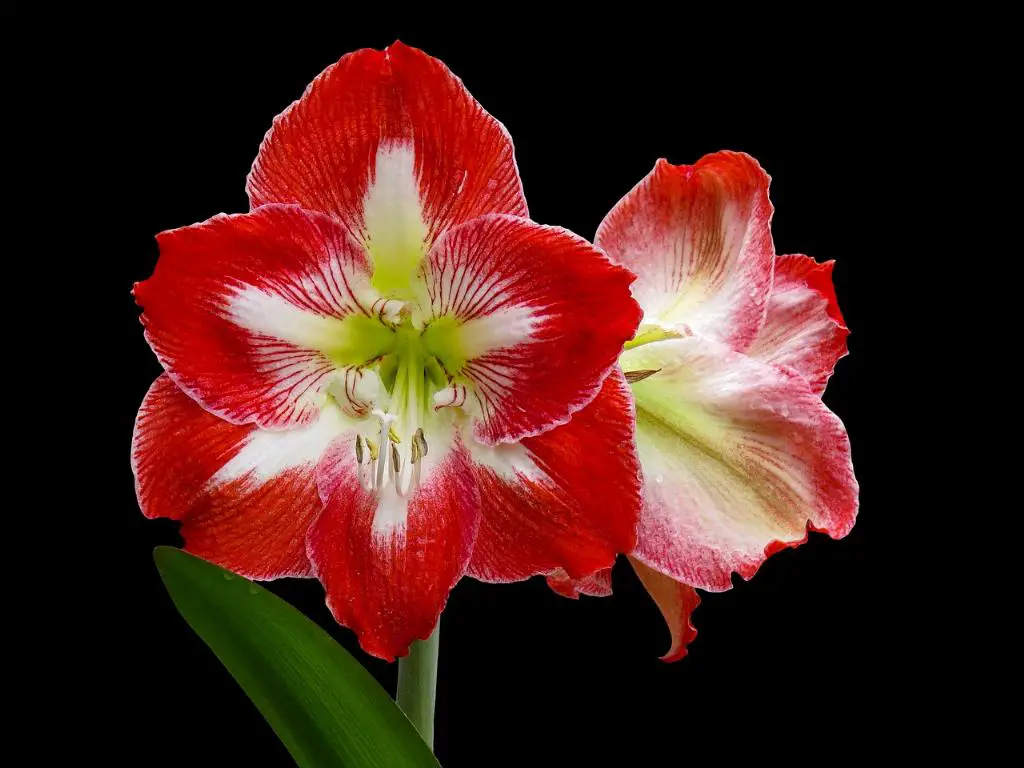When it comes to caring for your amaryllis plant, it’s important to pay close attention to its watering needs. One of the key factors to keep in mind is to avoid letting the plant sit in water for extended periods. Excessively wet soil can lead to bulb and root rot, which can ultimately affect the overall health of the plant and attract pests. Therefore, it’s recommended to water your amaryllis plant thoroughly but make sure to allow excess water to drain away.
Additionally, fertilizing your amaryllis plant is crucial for its growth and blooming cycle. It’s advisable to fertilize the plant each time you water, but at half the recommended strength to prevent over-fertilization. This is particularly important when you start to see new growth on the plant, including newly purchased bulbs. Choosing a houseplant fertilizer with a high phosphorus content can help promote blooming and support the overall health of your amaryllis.
Lighting is also a critical factor in caring for your amaryllis plant. These plants typically thrive in bright, indirect light. Placing them near a window where they can receive ample sunlight without being exposed to direct sunlight can help maintain their health and encourage blooming. If your amaryllis isn’t receiving enough light, you may notice elongated stems and foliage, signaling that it’s time to find a brighter spot for your plant.
Temperature plays a significant role in the growth and development of amaryllis plants. These plants prefer temperatures between 60-75°F (15-24°C) during the day and slightly cooler temperatures at night. Avoid placing your amaryllis near drafts or heat sources, as drastic temperature fluctuations can stress the plant and impact its blooming cycle. Maintaining a consistent temperature range is key to ensuring the well-being of your amaryllis plant.
Proper potting and soil selection are essential for the health of your amaryllis plant. When choosing a pot for your amaryllis, opt for a container that has drainage holes to prevent waterlogged soil. Loamy, well-draining soil is ideal for amaryllis plants, as it allows for proper root aeration and prevents water accumulation. You can also add perlite or sand to the soil mix to improve drainage and ensure optimal growing conditions for your plant.
Regular pruning and deadheading can help maintain the appearance and health of your amaryllis plant. As your plant grows, you may notice old or yellowing leaves that can be pruned to encourage new growth. Additionally, removing spent blooms or dead flowers can redirect the plant’s energy towards producing new flowers and prolong the blooming period. Pruning also helps prevent the spread of diseases and promotes a tidy, aesthetically pleasing appearance.
Monitoring for pests and diseases is an essential part of caring for your amaryllis plant. Common pests that can affect amaryllis include aphids, spider mites, and mealybugs. Keeping a close eye on your plant and regularly inspecting the leaves and stems can help you identify potential pest infestations early on. If you notice any signs of pests, it’s important to take immediate action to prevent the infestation from spreading and damaging your plant.
Ensuring proper humidity levels can contribute to the overall health and well-being of your amaryllis plant. These plants prefer moderate humidity but can tolerate lower humidity levels. If you live in a dry climate or during the winter months when indoor air tends to be drier, consider using a humidifier or placing a tray of water near your plant to increase humidity levels. Avoid misting the leaves directly, as this can lead to fungal diseases.
Repotting your amaryllis plant when necessary is important to prevent overcrowding of roots and promote optimal growth. As the plant grows and matures, you may notice that it outgrows its current container or the soil becomes compacted. Repotting your amaryllis in fresh, well-draining soil every 2-3 years or when the bulb becomes crowded can help rejuvenate the plant and provide it with the necessary space to thrive.
During the dormant period, it’s essential to adjust your care routine to support your amaryllis plant’s growth cycle. Typically, amaryllis plants enter a dormant phase after blooming, during which they require less water and fertilizer. Reduce your watering frequency and allow the soil to dry out slightly between waterings to prevent overwatering and potential root rot. Resume regular watering and fertilization when new growth emerges, signaling the start of the plant’s active growth phase.
As your amaryllis plant continues to grow and bloom, it’s important to provide adequate support to prevent the flowers from drooping or becoming damaged. Using stakes or plant supports can help prop up the heavy flower stalks and maintain a visually appealing display. Gently tie the stems to the supports using soft plant ties or twine, taking care not to constrict the plant or cause damage to the stems. This simple step can ensure that your amaryllis blooms look their best throughout the flowering period.
In conclusion, caring for your amaryllis plant involves paying attention to various aspects such as watering, fertilizing, lighting, temperature, potting, pruning, pest control, humidity levels, repotting, dormancy, and providing support for blooming flowers. By following these tips and guidelines, you can create a favorable environment for your amaryllis plant to thrive and produce beautiful blooms that will brighten up your home. Remember to observe your plant closely, adjust your care routine as needed, and enjoy the rewarding experience of nurturing a healthy and vibrant amaryllis plant.

